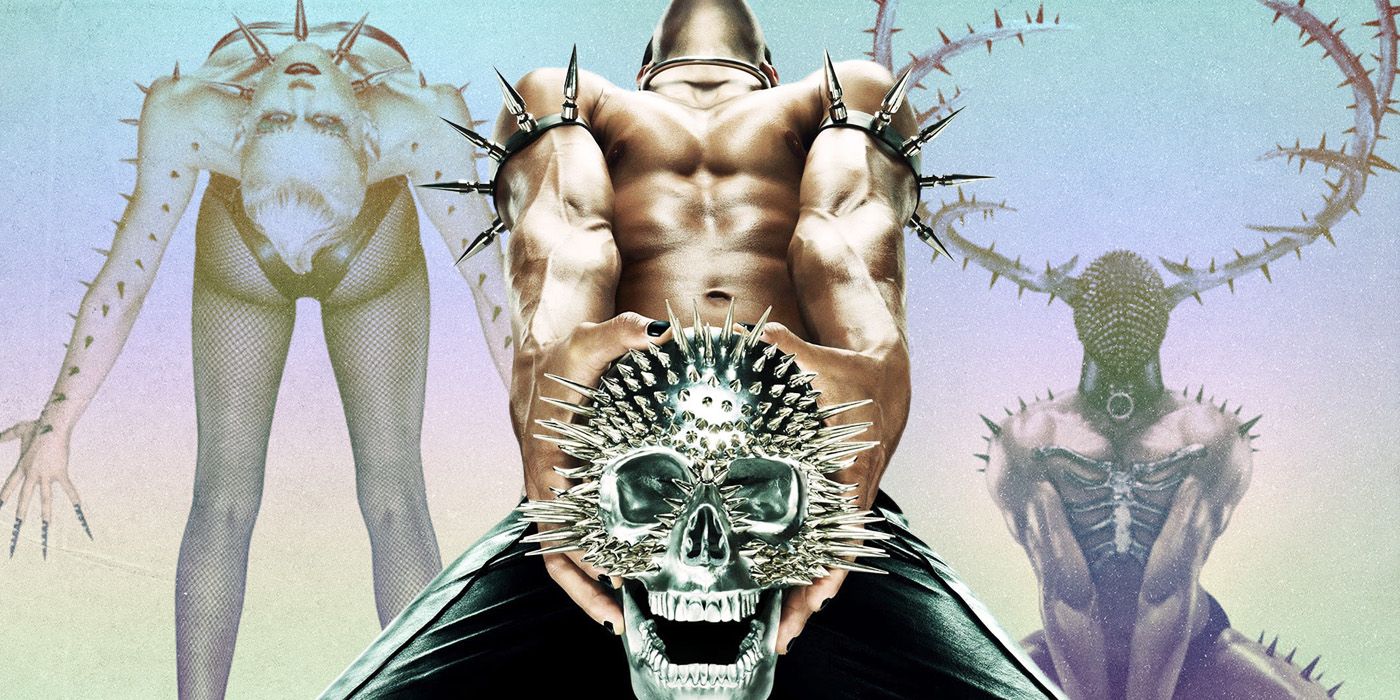
American Horror Story: NYC’s Real Horror Lies in Queer History
The following contains spoilers for American Horror Story: NYC now streaming on Hulu.
American Horror Story often uses the supernatural to look at the very real. The monsters in its stories — which have ranged from alien invaders to The Antichrist himself — tend to shine a light on far more mundane acts of horror and cruelty. American Horror Story: Asylum, for instance, arrayed its various unreal creatures around the very real traumas of institutional abuse, while real-world serial killers like Richard Ramirez and Jeffrey Dahmer have made cameos in previous seasons. As outlandish as the series gets, its funhouse terrors usually stand in for all-too real ones.
CBR VIDEO OF THE DAY
The new season, American Horror Story: NYC has dropped any pretense of the supernatural — at least during the first four episodes. Instead, it focuses on the most tragic corners of queer history in New York City during the early 1980s when the first four episodes are set. In the process, it finds more than enough horrors to fill its quota, as well as revealing the very real dangers faced by the LGBTQIA community at that time.
AHS Reveals Real-Life Dangers to Its Protagonists

American Horror Story: NYC focuses on a serial killer stalking gay bars and underground nightclubs in Manhattan in 1981. Though the events are fictional, they're based on real killings. Indeed, Village Voice columnist Arthur Bell devoted a number of pieces in the 1970s to unreported crimes against gay men that the police simply refused to investigate. One of NYC's main protagonists, Gino Barelli, is a gay rights journalist deliberately patterned after Bell. Police indifference carries huge weight in the new season as well, with a cast of largely gay and LGBTQIA characters in active danger simply because the system views them as less than human.
That's in keeping with the time period NYC has chosen, when the LGBTQIA community was engaged in a moment of huge transition. The Stonewall uprising of 1969 led to a profound uptick in LGBTQIA rights activism. The community was coming out of the shadows for the first time in American history, not only facing systemic backlash but new challenges that came with public exposure. NYC's characters find themselves grappling with those changes even as their lives come under direct threat.
The True Monster is Coming in AHS: NYC

The new season also has the benefit of hindsight, which many of its influences did not. That gives it the ability to see what's coming, which it uses to emphasize the real monster in the room. The HIV epidemic looms large over NYC, as Billie Lourd's Dr. Hannah Wells diligently tries to track the spread of the virus and several of the characters may be early carriers. Such foreshadowing has a way of putting even the most terrifying boogeyman in context, and while the new season may add a more overtly supernatural threat in the future, even that may pale before what real history brings.
All of this too is a part of NYC's make-up, which comes out in the way it stresses official indifference in the face of threats to the community. Ronald Reagan entered the White House the same year that the new season takes place, and infamously refused to even acknowledge the spread of the virus for years. AHS has used real-life presidents as both heroes (Dwight Eisenhower in American Horror Story: Double Feature) and villains (Donald Trump in American Horror Story: Cult). Here, knowledge of what Reagan won't do becomes as terrifying as what the killer will.
Despite AHS's reliance on real-world events in past seasons, the lack of that in NYC is reasonably unusual. With no overtly supernatural elements in place — at least not yet — NYC stays focused solely on time and place. It tones down its normal camp excess as well, letting the circumstances tell the story without embellishment as much as possible. Whether that changes has yet to be seen, but for now, NYC is finding more than its share of unsettling content by sticking close to actual history.
New episodes of American Horror Story air every Wednesday on FX, with next-day streaming on Hulu.




























































